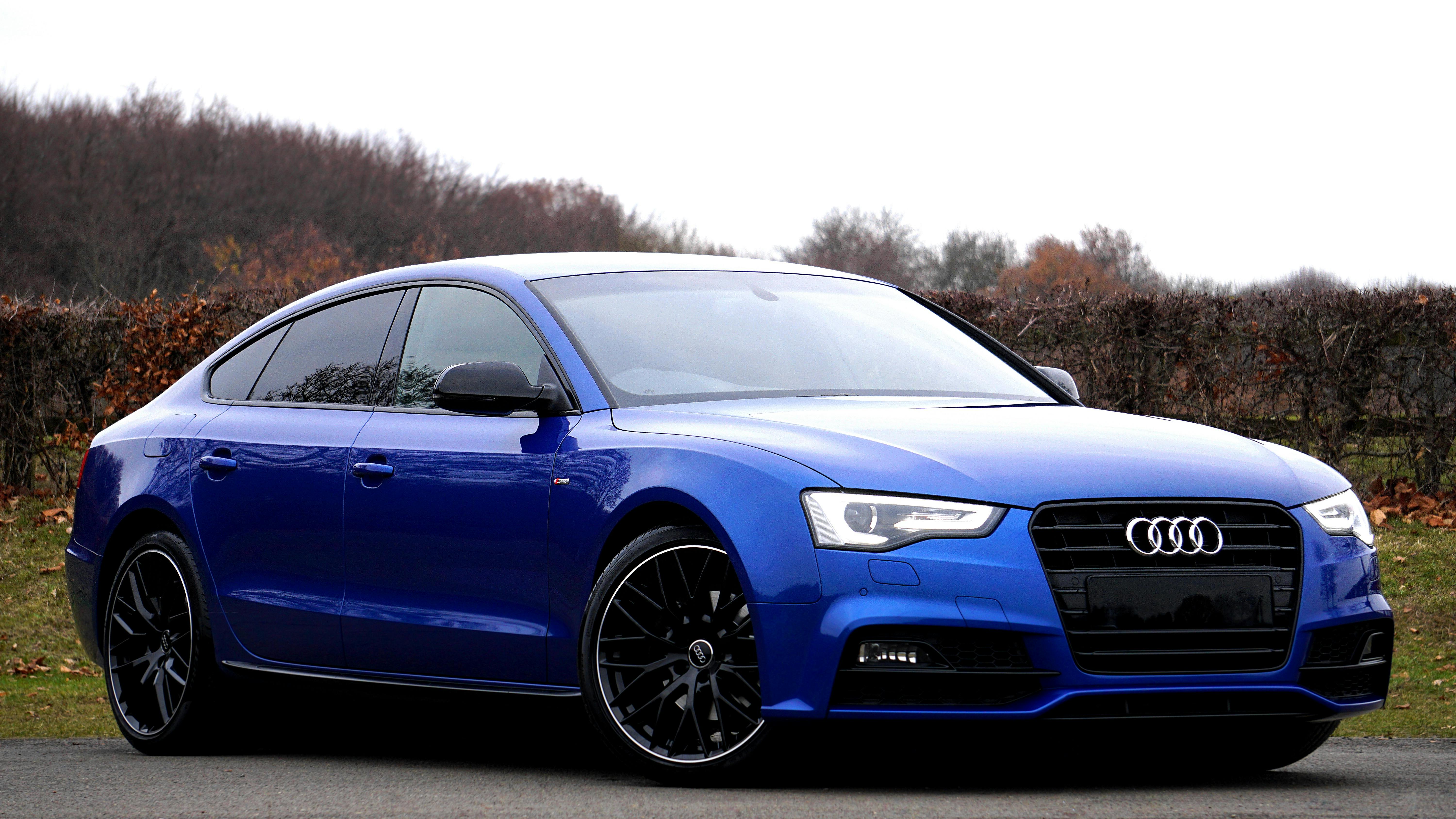
When embarking on the significant journey of purchasing a new or used vehicle, the sheer volume of choices can be overwhelming. Last year alone, consumers acquired approximately 15.5 million light vehicles, a testament to the thriving automotive market. Amidst this vast selection, the allure of a model packed with all the latest features, often referred to as ‘bells and whistles,’ is undeniable. However, this pursuit of perceived luxury and advanced technology can frequently lead to expenditures on features that offer little genuine benefit, are rarely used, or even detract from the overall driving experience.
Our aim here is to provide a clear, unbiased perspective on a selection of popular vehicle features that, despite their marketing appeal, are frequently labeled as overrated by automotive experts and everyday drivers alike. Drawing on rigorous analysis, data-backed insights, and the collective experience of seasoned professionals and consumers, we will scrutinize these offerings. The goal is to empower you, the car buyer, to make informed decisions, ensuring your hard-earned money is allocated to genuinely valuable enhancements rather than unnecessary add-ons.
Modern cars are indeed marvels of engineering, boasting advancements that aim to enhance safety, efficiency, and comfort. Yet, not all innovations translate into practical improvements for your daily driving life. Many features, while sounding impressive in theory, turn out to be either less useful than anticipated, overtly annoying, or simply an expensive way to replicate a function that can be performed manually with ease. Let’s delve into the first half of our comprehensive list, shedding light on the features you might be better off skipping.
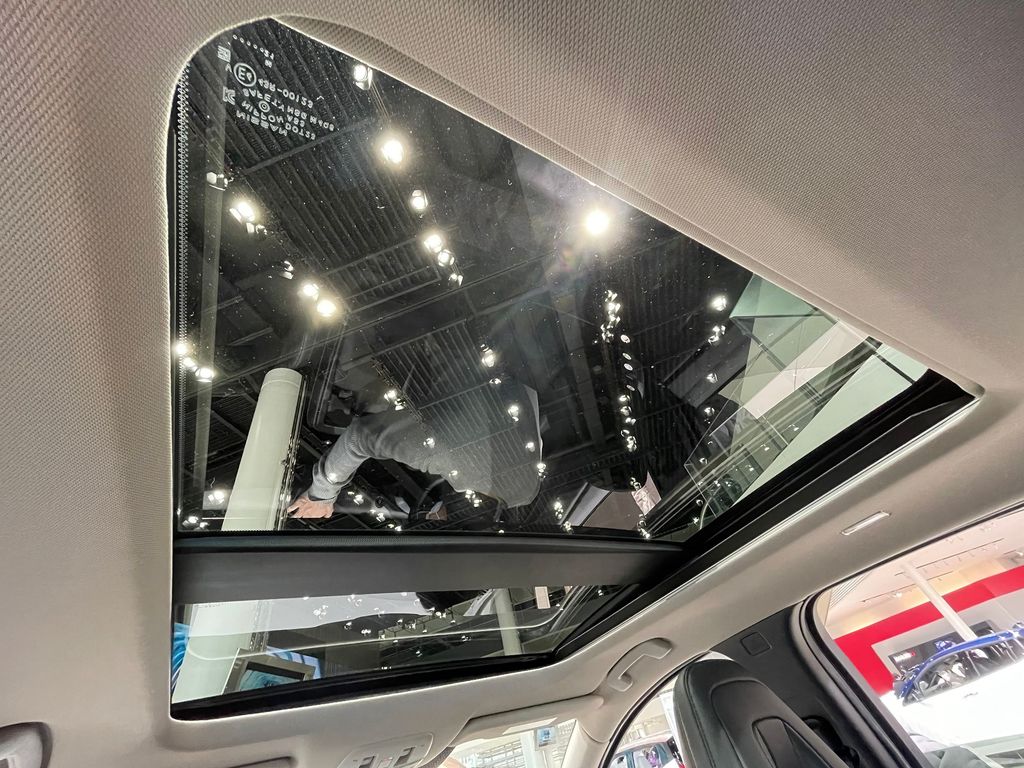
1. **Sunroofs / Glass Roofs**Many drivers cherish the thought of an airy cabin bathed in natural light, a vision often associated with sunroofs or full glass roofs. However, the reality of these features often introduces a surprising array of downsides that extend far beyond their initial additional cost. For enthusiasts of performance vehicles, the ‘weight penalty’ of a heavy pane of glass positioned high on the vehicle is a well-known concern, affecting a car’s center of gravity and handling dynamics.
Beyond the extra weight, sunroofs necessitate a thicker ceiling structure, which invariably infringes upon valuable cabin volume. This can be particularly problematic for taller drivers, who might find their headroom significantly reduced. Furthermore, a cabin flooded with sunlight can lead to increased heat buildup, making the vehicle less comfortable, especially after it has been parked under the sun for an extended period. Over time, as vehicles age, sunroofs also introduce an additional point of failure, increasing the risk of water leaks into the cabin, which can potentially shorten the vehicle’s lifespan and lead to costly repairs. One reader expressed a preference for open-air access over a stationary glass panel, noting that they ‘never just have a closed window overhead letting in light’ and have ‘no use for a stationary piece of glass that can never block out 100% of light!’
Therefore, before you commit to the romantic notion of a sunroof, it is prudent to consider these practical disadvantages. The perceived enhancement to the driving experience often does not outweigh the added cost, potential comfort issues, and long-term maintenance concerns. It might be a feature that looks great on the option sheet but delivers diminishing returns in real-world use.

2. **Voice Command Systems**Voice command functionality in modern vehicles often presents itself as a cutting-edge feature, seemingly aligning with the convenience offered by home-based voice assistants like Alexa or Siri. The idea of controlling car functions hands-free through verbal commands appears to be a natural progression in automotive technology. Yet, the practical application of this technology within the dynamic environment of a moving car frequently falls short of expectations, leading to more frustration than convenience.
Users often report that these systems can be finicky and unresponsive. The experience of repeatedly issuing commands only for the system to misunderstand or fail to register what is being said is a common complaint. This requires drivers to divert attention from the road to engage with a flawed system, which can be both irritating and a potential safety hazard. As one expert, Derek Fung, articulates, many prefer the simplicity of physical controls: “No, I don’t want to speak to my car to tell it turn the temperature up, recirculate the air, mute the sound system, or skip to the next track. These things should be no more than a button press or dial twiddle away.” He also highlights privacy concerns, stating, “I don’t want my car/phone listening in on all my inane chatter, and secondly I have kids.”
Indeed, the expectation that voice commands will seamlessly integrate into the driving experience often clashes with the reality of varying system capabilities across different car manufacturers. William Stopford, another expert, suggests that voice assistants are “often used as an excuse as to why physical switchgear has been” (replaced), implying a degradation of user interface. While voice recognition via smartphone integration like Android Auto or Apple CarPlay for navigation changes can be occasionally useful, the native in-car voice command systems frequently fail to justify their premium or their inherent design flaws, making them an overrated feature for most drivers.
Read more about: Rolling Statements: 12 Automotive Legends That Defined Status and Power on Four Wheels

3. **Gesture Control**Positioned as a sophisticated advancement, gesture control systems are increasingly found in many higher-end vehicles, promising an intuitive and futuristic way to interact with various car functions. The concept allows drivers to perform actions, such as adjusting volume or skipping tracks, through simple hand movements without needing to touch physical buttons or screens. However, the real-world utility of gesture control often proves to be significantly less practical and more problematic than its innovative appeal suggests.
Critically, gesture control has been noted for unnecessarily complicating processes that could be executed with greater ease and efficiency using traditional knobs or buttons. The precision required for these systems to accurately interpret gestures can be demanding, often requiring multiple attempts or specific, sometimes awkward, movements. This can lead to moments of distraction as drivers focus on perfecting their gestures rather than maintaining full attention on the road, thereby posing a potential safety issue. The added cognitive load and the potential for misinterpretation by the system can turn a simple task into a source of frustration.
Ultimately, the convenience that gesture control purports to offer is frequently overshadowed by its operational shortcomings and the safety implications of diverting a driver’s focus. For many, the straightforwardness and tactile feedback of physical controls remain superior. The expert consensus leans towards advising consumers to “give this feature a pass,” suggesting that its novelty does not translate into genuine value or improved usability in the automotive environment.
Read more about: Patrick Mahomes’ Automotive Masterpieces: A Deep Dive into the NFL Star’s Multi-Million Dollar Car Collection, Featuring Iconic Ferraris and More.
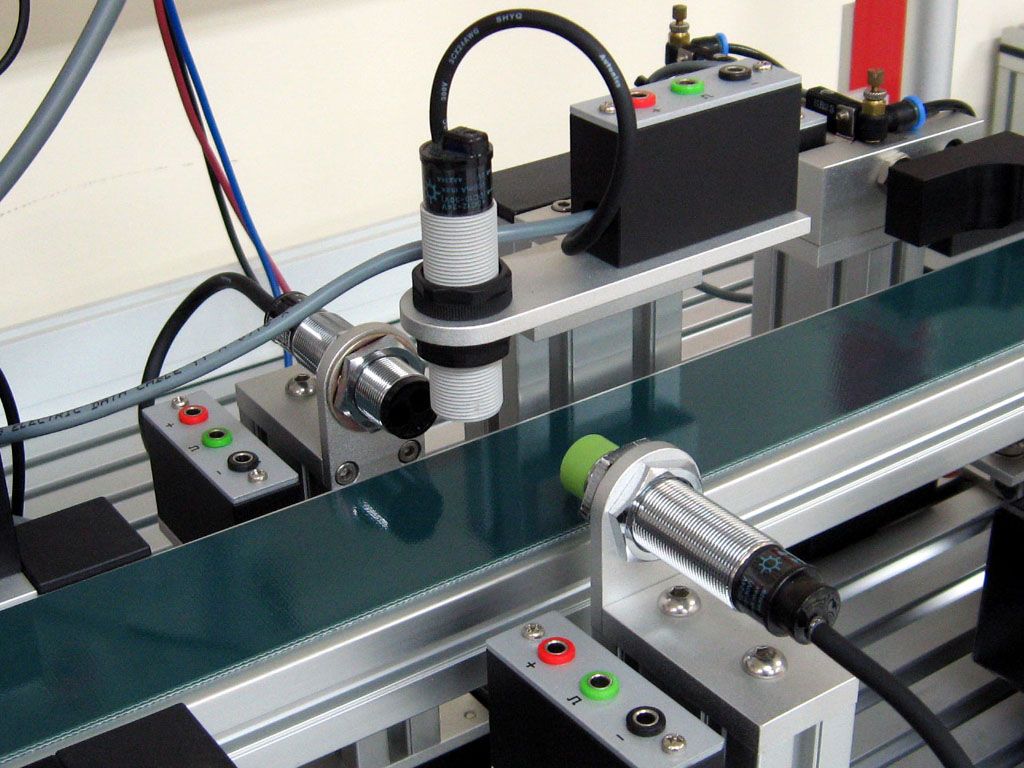
4. **Proximity Sensors**The argument for installing proximity sensors in vehicles is undeniably strong, primarily centered on enhancing road safety. These systems are designed to help drivers maintain a safe distance from other vehicles and pedestrians by providing an audible warning when an object or person gets too close. In theory, this feature offers an extra layer of awareness, particularly beneficial in congested driving conditions or during parking maneuvers, where blind spots and spatial judgment can be challenging.
However, the practical implementation of proximity sensors can often lead to an unintended consequence: irritation. For drivers who frequently navigate urban environments or areas characterized by high vehicle and foot traffic, the constant audible warnings can become excessively intrusive and, frankly, annoying. Imagine driving through a busy city street or a packed parking lot, where the sensor’s alerts are almost ceaseless, chiming every time a car or person comes within its detection range. This persistent auditory feedback can quickly transition from a helpful reminder to an exasperating distraction.
While the intention behind proximity sensors is commendable—to bolster safety—their functionality in real-world, high-density traffic scenarios can undermine their perceived value. The feature, while strong in its case for safety, becomes less desirable when its frequent activation creates a bothersome driving environment. For many, the constant beeping and alerts outweigh the benefits, making it a feature worth reconsidering before paying a premium.
Read more about: Journey to the Abyss: Exploring 15 of Earth’s Most Profound Depths, from Ancient Lakes to Human-Engineered Chasms

5. **Automatic Headlights**Automatic headlights, a feature that utilizes a light sensor to automatically activate your vehicle’s headlights when outdoor darkness is detected, are often marketed as a convenience. The idea is to eliminate the need for manual activation, ensuring proper illumination during twilight hours, in tunnels, or during sudden weather changes. On the surface, this might seem like a minor but useful enhancement, particularly for drivers who might occasionally forget to switch their lights on.
Yet, the question arises: is this level of automation truly worth a premium? The task of flicking a headlight switch, or rotating a dial, is inherently simple and requires minimal effort from the driver. It is a fundamental aspect of vehicle operation that most drivers perform instinctively. The additional cost associated with equipping a car with automatic headlights, therefore, becomes questionable when juxtaposed with the ease of manual control.
From a consumer value perspective, paying extra for a function that can be performed effortlessly and without any technological assistance does not offer significant return on investment. While convenience is often touted, the actual benefit gained from this automation is marginal at best. The feature might offer a slight reduction in a driver’s mental load, but for many, it fails to justify the added expense, making it an overrated item on the options list.
Read more about: Inside Bill Gates’ Garage: Unveiling the Tech Titan’s Private Car Collection for 2025

6. **Ambient Lighting**Ambient lighting, a feature designed to enhance the aesthetic appeal of a vehicle’s interior, offers a “great aesthetic” and “an oomph factor,” transforming the cabin’s look with subtle, often customizable, illumination. It aims to create a more sophisticated, modern, or personalized atmosphere within the car’s interior. While it undoubtedly adds a visual flair and can contribute to a sense of luxury, the core question for any premium car feature remains: what does it genuinely add to the driving experience?
Upon closer examination, the practical benefits of ambient lighting are largely negligible in terms of enhancing the actual act of driving. It offers “nothing to enhance the driving experience” beyond its purely cosmetic contribution. Furthermore, in certain situations, such as driving at night or in varying light conditions, some forms of ambient lighting can even become a source of distraction. Bright or poorly placed internal lights can draw a driver’s eyes away from the road or create reflections that impair visibility, subtly compromising safety. The allure of a visually appealing cabin must be weighed against its potential to detract from the primary task of operating the vehicle safely and efficiently.
Therefore, while ambient lighting undeniably boasts aesthetic merits, its contribution to the functional aspects of driving is non-existent, and it can, in fact, introduce minor distractions. Consumers should carefully consider whether paying a premium for a purely decorative feature aligns with their priorities for value, utility, and safety in a vehicle. It stands out as an overrated feature for those who prioritize substance over style in their automotive choices.
Read more about: Is Your Car a ‘Speed Demon’? 11 Vehicles That Punch Above Their Weight Class

7. **Automatic Windshield Wipers**The automatic windshield wipers function, designed to activate and adjust their speed when rain is detected, is another feature that frequently falls into the category of overhyped car technology. The premise is straightforward: to provide a hands-free solution for maintaining clear visibility during precipitation, theoretically allowing the driver to focus entirely on the road without manual intervention. This appears to be a natural extension of vehicle automation, aimed at convenience and safety.
However, much like automatic headlights, the utility of automatic windshield wipers is often debatable when considering the associated premium. Manually activating and adjusting windshield wipers is a task that is “easy enough to activate… independently.” Drivers are well-accustomed to this simple control, and the effort involved is minimal. The perceived benefit of automation, in this context, is often marginal, not significantly improving the driving experience to warrant an additional cost.
Moreover, some automatic systems can be temperamental, sometimes wiping too frequently or not frequently enough, leading to brief moments of impaired visibility or unnecessary operation. The precision and responsiveness of manual control often surpass that of an automated system, allowing the driver to dictate exactly when and how intensely the wipers operate based on real-time conditions. Consequently, paying for automatic wipers, when manual control is both simple and effective, is often seen as an unnecessary expenditure for a feature that offers limited practical advantage.”
The first section meticulously peeled back the layers on features that, while seemingly convenient, often introduce more hassle than help. Now, we delve deeper into the automotive landscape, uncovering more features that frequently fail to deliver on their premium promise. From systems that claim to enhance safety but merely complicate the driving process, to luxurious add-ons whose value is more perceived than practical, our journey continues. Our aim remains to equip you with the knowledge to discern true value, ensuring your next vehicle purchase is a smart, well-informed one, free from the burden of unnecessary expenditures on overrated tech.
Read more about: The Unbiased Truth: Your Definitive Guide to Over 14 Critical Checks Before Buying a Used Car
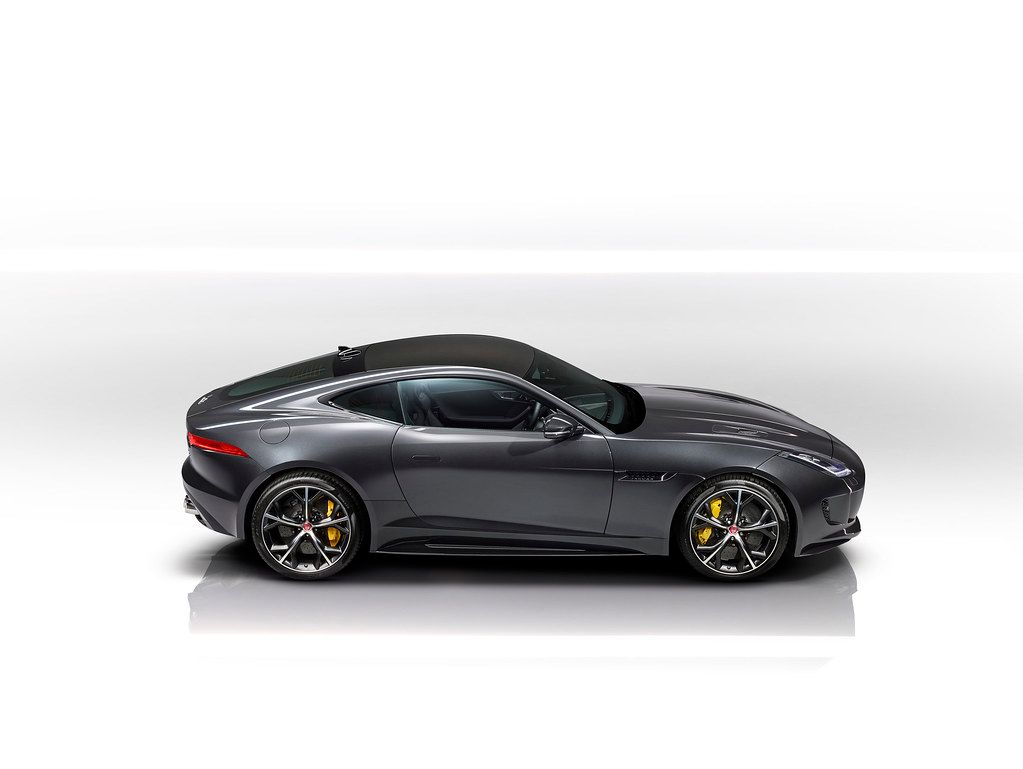
8. **All-Wheel Drive (AWD)**Kicking off this next segment is a feature that often sparks vigorous debate: All-Wheel Drive. While AWD systems are widely praised for their ability to provide enhanced traction and control, particularly in challenging conditions, the extent of their genuine benefit is frequently overstated. Many consumers are led to believe that AWD is an indispensable safety feature, a must-have for navigating anything beyond perfectly dry pavement.
However, a crucial point often overlooked is the effectiveness of alternative solutions. For instance, numerous tests have demonstrated that a quality set of winter tires can outperform an extra pair of driven wheels in slippery conditions, specifically because AWD does nothing to help a vehicle stop faster. Beyond this, integrating an AWD system incurs additional costs both at the point of purchase and over the vehicle’s lifespan, contributing to a higher fuel bill due to increased weight and drivetrain complexity.
While AWD certainly has its place, especially for dedicated off-road enthusiasts or those living in truly extreme climates, its universal appeal as a primary safety enhancement for everyday driving is questionable. It’s perfectly safe to drive without it, even in sloppy conditions, provided the driver exercises caution and outfits their vehicle with appropriate tires. Therefore, for many drivers, the perceived necessity of AWD doesn’t justify the extra financial outlay, positioning it as an overrated feature for a significant segment of the market.
Read more about: The Peugeot Oxia: How a 1988 Supercar Concept Redefined Automotive Ambition and Bridged Eras

9. **Paddle Shifters**The allure of paddle shifters is undeniable, conjuring images of racecar drivers deftly flicking through gears on a winding track. This technology undeniably has roots in high-performance racing, promising a more engaging and controlled driving experience. However, for the vast majority of modern commuter vehicles, these steering-wheel-mounted shifters do little to genuinely improve the driving experience, often serving more as a novelty than a practical tool.
While paddle shifters might make sense in a track-focused vehicle, such as a BMW M3 CS, or for managing regenerative braking in an electric vehicle, their value proposition in a standard family SUV like a Volkswagen Tiguan is minimal. Modern automatic transmissions are typically very well-tuned, excelling at selecting the most efficient gear and providing ample responsiveness for confident acceleration from a standstill. The truth is, if a transmission is inherently slow to react to driver input, the paddles are unlikely to offer a significant improvement.
Ultimately, for everyday driving scenarios, the engagement offered by paddle shifters is often superficial. Drivers of non-performance vehicles typically leave their cars in automatic mode, allowing the sophisticated transmission to handle gear changes seamlessly. Paying a premium for a feature that adds little functional benefit or enhancement to the average driving routine makes paddle shifters a prime candidate for the overrated list.
Read more about: First Drive: The Ford Mustang EcoBoost Delivers Agile Handling and Tech-Packed Turbo Power

10. **Enormous Wheels**There’s a prevailing notion that bigger wheels inherently make a vehicle look “cooler,” a sentiment echoed in countless concept car designs and modified vehicles. The aesthetic appeal of large-diameter rims is a powerful selling point, drawing many consumers to upgrade to impressive-looking alloys. However, beneath the gleaming facade, enormous wheels come with a surprising number of practical downsides that extend far beyond their initial purchase cost.
Firstly, the financial implications are significant. Larger wheels command a higher price tag, and this cost is compounded by the need for more expensive tires. These tires, often designed with less sidewall to accommodate the larger rim diameter, offer reduced cushioning between the road surface and the vehicle’s occupants. This means that instead of gliding smoothly, your vehicle is more prone to transmitting road imperfections directly into the cabin.
The practical consequence is a noticeably harsher ride quality. Hitting a crack in the road or an unexpected pothole with enormous wheels can result in a loud, jarring thud, abruptly interrupting the comfort and quiet of your drive. This can transform a car that might otherwise “glide over the road in perfect comfort” into one that “loudly interrupts the podcast you were listening to every time the road is less than buttery smooth.” When considering these trade-offs—increased cost, reduced fuel efficiency, and compromised ride comfort—the purely aesthetic benefit of enormous wheels often falls short of justifying the premium.
Read more about: A Car Expert’s Deep Dive: 12 Classic Cars That Offer Exceptional Value and Investment Potential
11. **Built-in Wi-Fi**In an increasingly connected world, the idea of having built-in Wi-Fi in your car sounds like an irresistible convenience. It promises seamless connectivity for passengers, supporting everything from streaming entertainment to staying productive on the go. Yet, for many drivers, this feature, while appealing in theory, proves to be significantly less useful or cost-effective than initial impressions suggest, making it a frequently overrated option.
A primary reason to reconsider paying a premium for in-car Wi-Fi is the widespread availability and utility of smartphone data plans. Most modern smartphones can effortlessly act as mobile hotspots, providing the same internet access to other devices within the car without incurring an additional, often pricey, subscription fee from the car manufacturer. With existing smartphone integration technologies like Bluetooth, Apple CarPlay, and Android Auto, drivers already have access to a wealth of online music, podcasts, and communication tools.
Furthermore, the practical range of in-car Wi-Fi is often tied to cellular network coverage. As one observer aptly points out, “If your phone doesn’t have a signal, most likely your Wi-Fi hotspot won’t work, either,” effectively nullifying any perceived advantage. While a built-in hotspot might offer a nice-to-have backup in a pinch, its functionality rarely justifies the ongoing expense for those who already possess robust smartphone data plans, making it a feature that often offers diminishing returns on investment.
Read more about: Avoid These Critical Mistakes: Your Definitive Guide to Buying the Perfect New TV
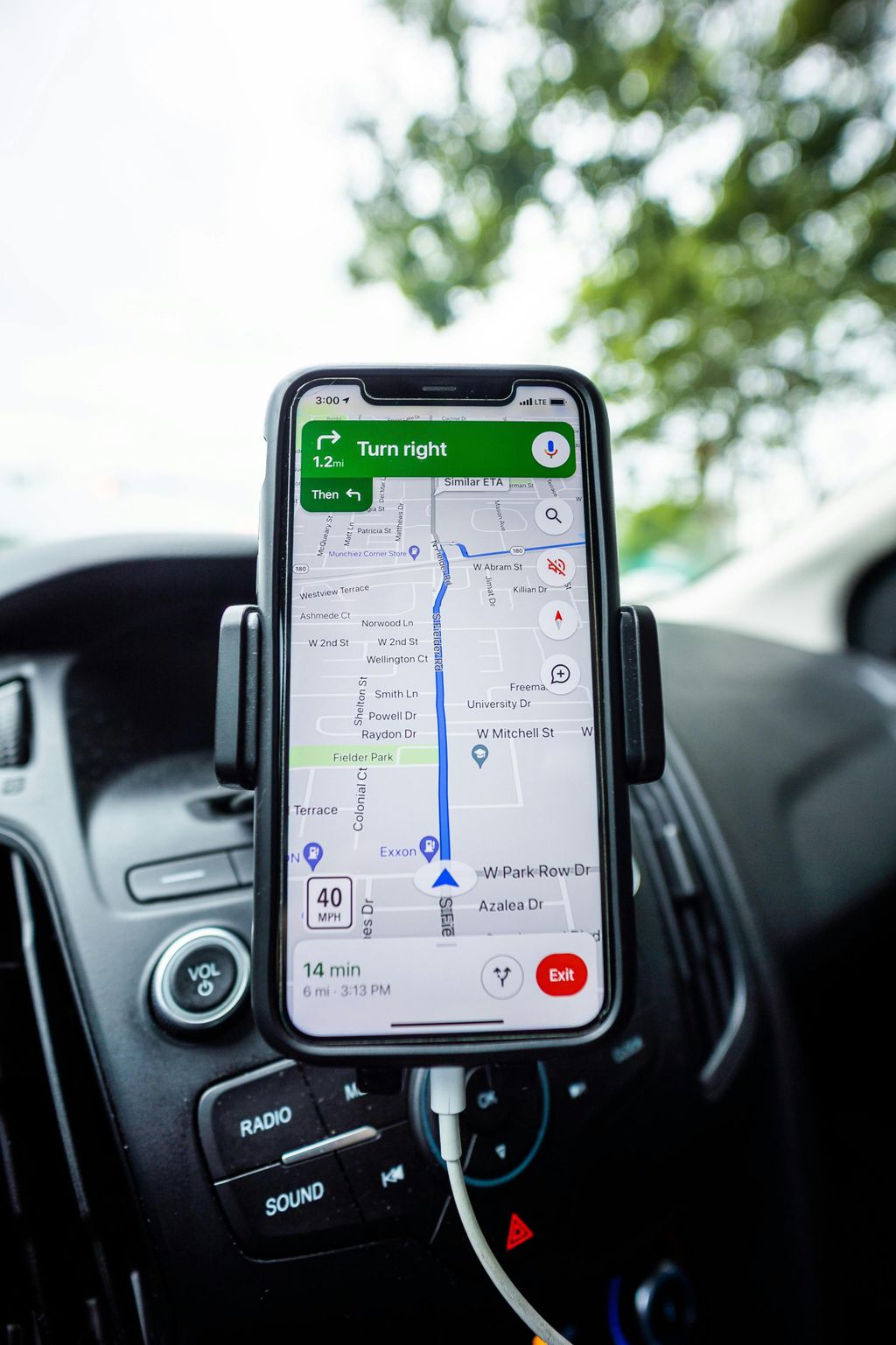
12. **In-Car Navigation**Integrated in-car navigation systems have been a staple of automotive luxury for years, promising effortless guidance to any destination. While navigation itself is undeniably useful, the reality is that the functionality and value of these built-in systems can vary dramatically, and often fall short when compared to more contemporary alternatives. Many automotive experts and drivers alike now consider native in-car navigation to be an overrated feature, especially when it comes with a premium price tag.
The core issue often lies in their comparison to smartphone-based navigation. Systems like Apple CarPlay and Android Auto, which seamlessly integrate your phone’s navigation apps, offer “superior apps” like Google Maps, which always boast “the latest information available.” In stark contrast, the maps provided with built-in car systems are “usually outdated in a few years anyway,” requiring costly and sometimes complex “upgrades” that “dealers charge through the teeth for.”
Consequently, opting for an expensive, factory-installed navigation system often means paying a premium for a technology that quickly becomes inferior and obsolete. For confident navigation, the combination of a smartphone and its integration with the car’s infotainment system provides a more dynamic, cost-effective, and up-to-date solution. It’s a clear case where external technology has surpassed an internal, proprietary offering, rendering the latter largely unnecessary for the savvy consumer.
Read more about: Unlock Your Car’s Security: The 15 Most Common Items Thieves Target (And Why You Should Never Leave #5 Behind)

13. **Automatic Parking**The concept of a car that can park itself sounds like a dream come true for many drivers, particularly those who dread parallel parking or navigating tight spaces. Automatic parking systems promise a seamless, stress-free experience, handling the intricate maneuvers with robotic precision. However, much like the idea of massaging seats, the real-world application of automatic parking often fails to live up to its promising potential, frequently becoming more of a novelty than a genuinely useful aid.
Experts widely agree that while there are vehicles where these systems perform admirably, the process of engaging and completing an automatic parking maneuver can be surprisingly cumbersome. It often “requires too many steps” between entering a parking lot and ultimately walking away from your vehicle. This includes finding a suitable spot, navigating through complex infotainment menus to activate the system, potentially having to “wave the impatient driver waiting behind you around,” and then easing off the brake as the car executes its, sometimes awkward, movements.
The “promise of a seamless, easy experience has been shattered” for many users who find themselves wincing as the car gets “too close to other parked vehicles” or experiencing an “awkward lurch” if the vehicle uses a dual-clutch transmission. Ultimately, the time and effort spent trying to get the system to work correctly often lead to the realization that “it probably would have been easier just to do it yourself.” While practice might improve the experience, the same could be said for manual parking, making automatic parking a feature whose added cost rarely translates into a truly effortless advantage.
Read more about: Unlock Massive Savings: 14 Expert-Backed Strategies to Slash Your Car Insurance by 30% or More
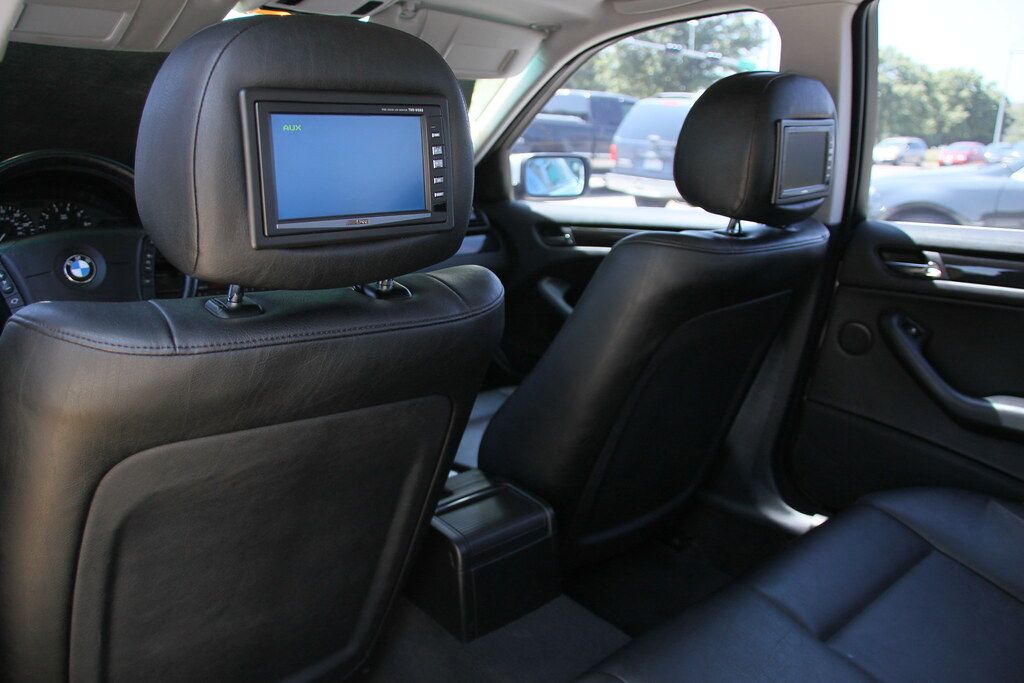
14. **Rear Seat LCD Screens**For families embarking on long road trips, the idea of keeping children entertained with dedicated rear seat LCD screens is incredibly appealing. These integrated entertainment systems aim to provide a distraction for younger passengers, potentially leading to a more peaceful journey for everyone involved. However, in today’s digital age, the value proposition of paying a premium for fixed, in-car screens has significantly diminished, positioning them firmly on our list of overrated features.
The advent and ubiquity of portable personal devices, such as tablets and smartphones, have rendered dedicated rear seat screens largely redundant. As one expert points out, “Entertainment screens served a purpose in back in the late 2000s but now apps, games, and streaming services are available in an iPad.” Children are increasingly accustomed to their own devices, which offer a far broader range of content, greater portability, and often superior display quality.
Rather than investing in an expensive, fixed system that may quickly become outdated or underutilized, parents can simply “let your kids bring their tablets or smartphones.” These personal devices offer unparalleled flexibility, can be easily updated with new content, and serve multiple purposes beyond car entertainment. Consequently, the additional cost for rear seat LCD screens represents an expenditure that, for most modern families, provides limited unique value compared to the more versatile and cost-effective alternatives already at their disposal.
Read more about: Find Your Stride: Top Elliptical Machines for Any Home Gym Goal
As we conclude our deep dive into the most overrated car features, a clear theme emerges: sometimes, less truly is more. In an era where automakers are constantly vying for attention with innovative “bells, whistles, and doodads,” it’s easy to get swept up in the excitement of advanced technology. However, as our expert analysis and real-world experiences reveal, not every impressive-sounding feature translates into genuine value, enhanced convenience, or an improved driving life. From subtle ambient lighting to complex automatic parking systems, many premium additions often fail to justify their cost, introducing distractions or unnecessary complexities instead of tangible benefits. By scrutinizing these offerings and prioritizing genuine utility, comfort, and safety over marketing hype, you can make smarter choices, ensuring your vehicle truly serves your needs without breaking the bank. Drive wisely, choose deliberately, and your automotive experience will be all the better for it.



